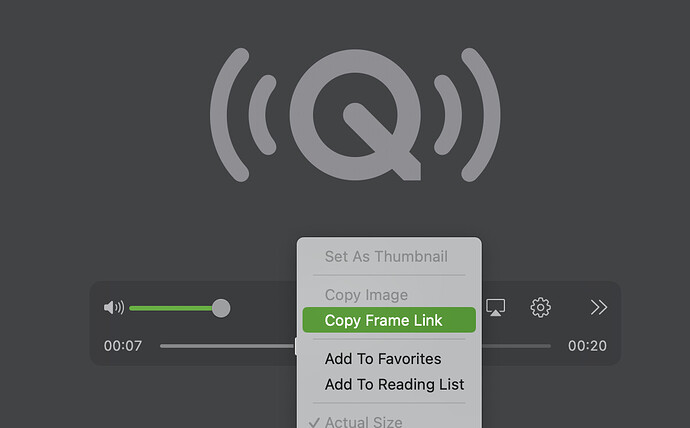Q1. Yes, there are those with deeper DEVONthink expertise here, but at the general level. The upside it you don’t need import loads of docs/text that you don’t regularly read in Tinderbox. Both DEVONthink and Tinderbox(and some other apps) support ‘pseudo-protocols’. These look like https:// URLs but start with something like the name of the app, e.g. for DEVONthink the DEVONthink URL pseudo-protocol. Very easy to use. Leave the detail for when you start implementing.
Q2. Audio: there are a number of possible methods but if not and obscure format, the URL-style approach works well and you just state the offset (usually in seconds) from the start of the audio (and/or video). Word is harder. I think Micro$oft really would prefer you only use M$ products (ker-ching $$$$): think ‘embrace and extend’. There are some hints around (e.g. here) but interestingly, they are mostly for old formats of Word suggesting that loss-of-revenue hole has been plugged with new limitations. You might do better to ‘print’ the Word DOC/DOCX to PDF and put those in DEVONthink in which case the URL-based method can be used with bookmarks.
I’m very happy to be wrong about deep-linking into a Word Doc. But everything I’ve found suggests no—at lerast anything a mere mortal might try.
Q3. Actually, yes. The simplest is to thing ‘addressability’ can you describe desired content, and easily access that. For instance, a really good source or quote might be paragraph #15 of a doc. If it’s all of para 15 and you’ve recorded that fact. it’s exportable later and you can relax for now. If it’s just somewhere in a 10,000 word essay, you want to mark where. It Tinderbox, note text ($Text) is easily addressable (for action/code code) are paragraph level. Below that you might want to cache a smaller slug of text (e.g. a quote) as a note, note attribute, or a note stored in DEVONthink. If you don’t know if you’ll ever need to export you planning to the above level will avoid lots of extra make-work† when/if you come to export.
For other readers here, who know form outset that they will export, then yes do embrace any possible constraints from the outset even if the export phase comes later.
A last point re ‘local’ URLs/pseudoURLs. I’m assuming you’re working on one Mac. Tinderbox os not a multi-user app. You can open the same file from different Macs but:
- Only open it on one Mac at a time. Tinderbox doesn’t file-lock on open, so you the user need to be diligent at closing the doc in Mac A before opening in in Mac B.
- ‘local’ really means assets on this Mac. Some apps like DEVONthink may (licence level dependent) allow links across your local network (e.g. within your house/office), but check if unsure and planning to use multiple Macs for work.
Best to check your assumptions re those bullets before you get going. It can save some hassle early on by starting down a path of assumed process that can’t be made to work.
So, unless you need to work on the data on your phone on long-haul flights, I think your covered. Hopefully the DEVONthink veterans here can backfill some detail of use of Tinderbox+DEVONthink.
I hope that helps. 
†. As I write, I’m going through a 12k+, >400k words TBX doing re-structure. Back in 2016 [sic] I’d planned for CSV/Tab-delim table export but now I’m being asked for JSON instead (and for good reasons). This means a degree of re-stating how some detail is ‘linked’ (cross-referenced) so as to make sense in JSON. Still, it’s no big deal—the joy of Tinderbox is it’s a little unexpected work but not a complete do-over as it might be in many other apps.
